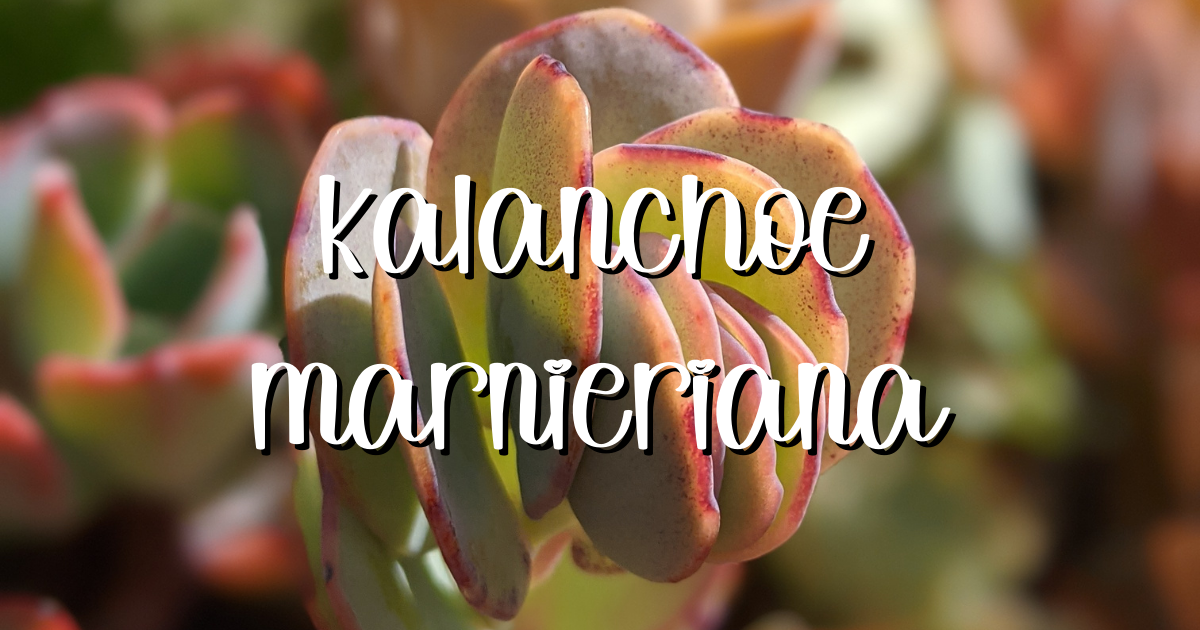Kalanchoe marnieriana, also known as ‘Marnier’s Kalanchoe’, is a captivating succulent plant that belongs to the Crassulaceae family. It is native to Madagascar and has become a popular choice among plant enthusiasts due to its unique and intriguing features. In this article, we will explore the various characteristics of this plant and how to care for it.
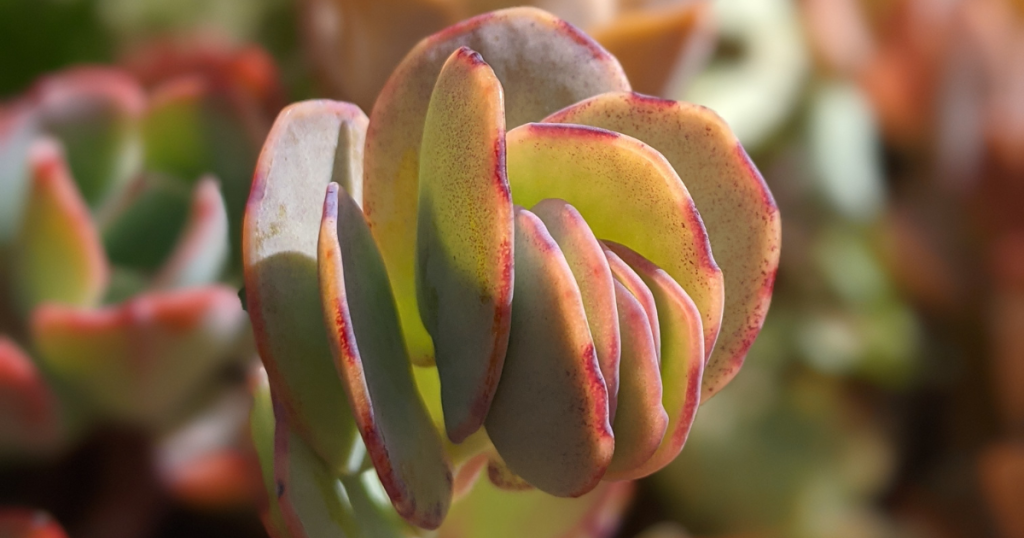
Description
Kalanchoe marnieriana is a slow-growing plant with elongated, fleshy, and lanceolate-shaped leaves. The leaves have a distinct blue-green color and a waxy texture, with reddish-brown margins. Another fascinating feature of this plant is its aerial roots, which grow from the stem and dangle downwards, adding to its ornamental value.
Propagation
One of the most straightforward ways to propagate Kalanchoe marnieriana is through stem cuttings. Take a 4-6 inch cutting from the stem and allow it to dry for a day or two. Then, plant the cutting in well-draining soil and water it lightly. Keep the cutting in a bright and warm spot, away from direct sunlight, until it has taken root.
You might also like: Propagating Succulents 4 Ways: The Best Guide Ever
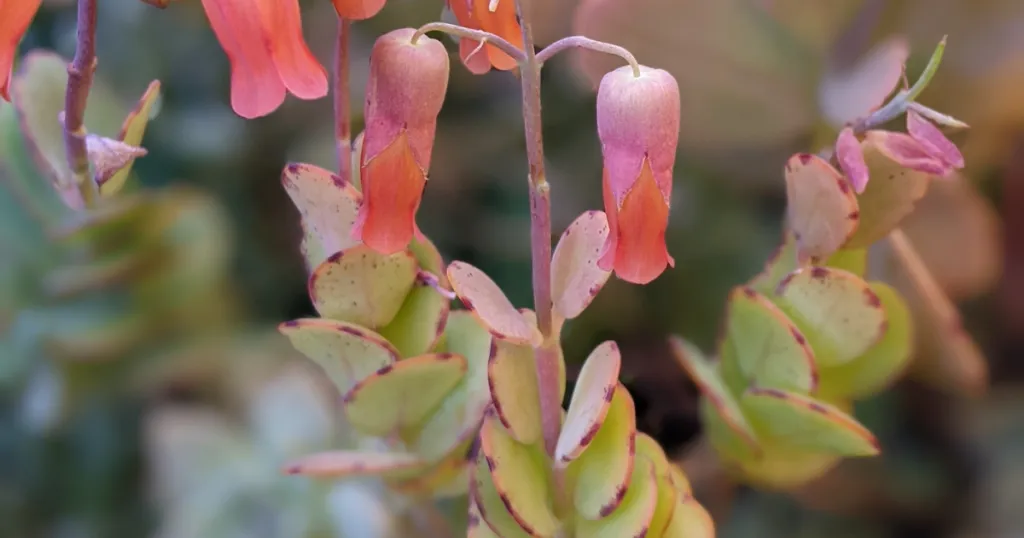
Care Tips
Kalanchoe marnieriana is an easy-to-care-for plant that is suitable for both indoor and outdoor settings. Here are some tips to keep it thriving:
Light Requirements
Kalanchoe marnieriana thrives in bright, indirect light, and this is crucial for its proper growth and development. Placing it near a south- or east-facing window is ideal, but it can also do well under artificial light, such as fluorescent lights or grow lights. If you’re growing your Kalanchoe marnieriana indoors, rotate it every few weeks to ensure that all sides receive adequate light.
You might also like: How Much Light Do Succulents Need? A Comprehensive Guide in 12 Parts
While it can tolerate a few hours of direct sunlight, it’s best to avoid harsh midday sun as it can burn the leaves. If you notice the leaves turning brown or scorched, it’s a sign that your Kalanchoe marnieriana is getting too much direct sunlight, and you should move it to a slightly shadier spot.
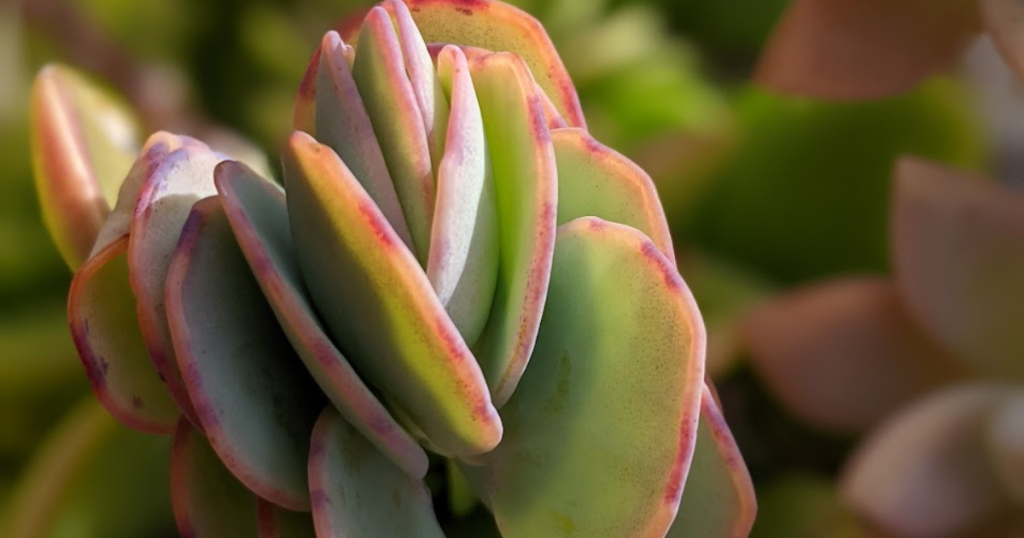
It’s worth noting that Kalanchoe marnieriana is prone to etiolation, or stretching, when it doesn’t receive enough light. This can cause the stems to become leggy and the leaves to be spaced further apart. If you notice this happening, move the plant to a brighter spot and consider pruning it to encourage bushier growth.
Watering
Kalanchoe marnieriana is a succulent that is highly adapted to arid conditions. As such, it has a low tolerance for overwatering and can suffer from root rot if kept in overly damp soil. Therefore, it is essential to allow the soil to dry out completely between waterings. One good rule of thumb is to wait until the soil has completely dried out before watering again. In general, it is better to underwater than overwater the plant.
You might also like: How & When to Water Succulents So They Don’t Die
During the winter months, when Kalanchoe marnieriana is in a state of dormancy, its water requirements are reduced. At this time, it’s best to reduce watering and only water when the soil has completely dried out. This is because the plant’s metabolic processes slow down during this period, and it does not require as much water as it would during the growing season.
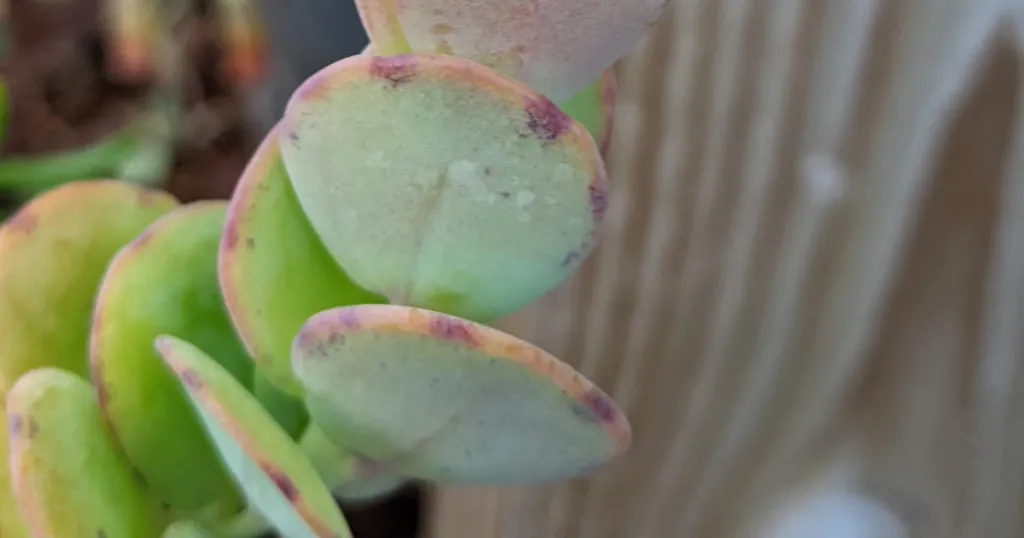
It’s also worth noting that Kalanchoe marnieriana’s water requirements may vary depending on the climate it’s in, the size of the container it’s planted in, and the type of soil it’s growing in. So, be sure to monitor the soil moisture level closely and adjust your watering frequency as needed.
Soil Requirements
Kalanchoe marnieriana needs well-draining soil to thrive. The ideal soil mix for this plant is one that allows water to flow through easily and doesn’t hold onto moisture for too long. A combination of succulent soil and perlite or sand is recommended for growing this plant, as it ensures adequate drainage while still retaining enough moisture for the plant’s roots.
You might also like: Succulent Soil: Ultimate Guide & 4 DIY Recipes to Keep Your Succulents Happy and Healthy
When potting Kalanchoe marnieriana, ensure that the soil mix is well-draining and the pot has drainage holes at the bottom. This allows excess water to flow out of the pot and prevent water from sitting in the soil, which can cause root rot. It’s also essential to use a pot that is the right size for the plant, as a pot that is too large can cause water to accumulate in the soil for an extended period.
Temperature and Humidity
Kalanchoe marnieriana is native to Madagascar, where it grows in warm, dry climates. Therefore, it prefers warm temperatures between 60-85°F (15-29°C). In temperatures outside of this range, Kalanchoe marnieriana may become stressed and more susceptible to diseases and pests. It can tolerate low humidity, but in hot and dry weather, it will appreciate occasional misting to increase the moisture in the air and prevent its leaves from drying out.
To ensure your Kalanchoe marnieriana thrives in its environment, it’s important to monitor the temperature and humidity levels. Keep the plant in a warm room with good air circulation, and avoid placing it near cold drafts or air conditioning units that can cause temperature fluctuations.
You might also like: How to Grow Succulents Indoors Without Killing Them
In addition to temperature and humidity, it’s also essential to provide proper ventilation to prevent the buildup of moisture around the plant, which can lead to fungal growth and other issues. Make sure the area around the plant is well-ventilated, and avoid overcrowding Kalanchoe marnieriana with other nearby plants. This will help prevent issues related to high humidity and poor air circulation.
Overall, providing a warm, dry, and well-ventilated environment will help your Kalanchoe marnieriana thrive and prevent common issues associated with poor growing conditions.
Fertilizer
Fertilizing Kalanchoe marnieriana can help it grow healthy and strong. During the growing season, which typically spans from spring to fall, you can feed it with a balanced, water-soluble fertilizer once a month. This can provide it with the necessary nutrients for healthy foliage growth and better blooming. However, it is important not to over-fertilize, as this can cause harm to the plant.
You might also like: Succulent Fertilizer
In the winter, it’s best to reduce or stop fertilizing altogether. This is because the plant is in a period of dormancy during this time, and it will not require as much nutrients. Over-fertilizing in the winter can also lead to salt buildup in the soil, which can cause root damage and other issues. It’s best to wait until Kalanchoe marnieriana resumes active growth in the spring to begin fertilizing again.
Toxicity
Like many Kalanchoe species, Kalanchoe marnieriana is toxic to pets and humans. The plant contains cardiac glycosides, which can cause gastrointestinal distress, heart problems, and even death when ingested. It is best to keep the plant away from curious pets and children.
You might also like: Are Succulents Poisonous to Dogs?
Kalanchoe marnieriana is a fascinating and unique plant that can add a touch of exotic beauty to any home or garden. Its aerial roots, blue-green waxy leaves, and reddish-brown margins make it a standout among other succulent plants. With proper care, this plant can thrive for years, providing endless joy to its owner.

Where to Buy Succulents Online

